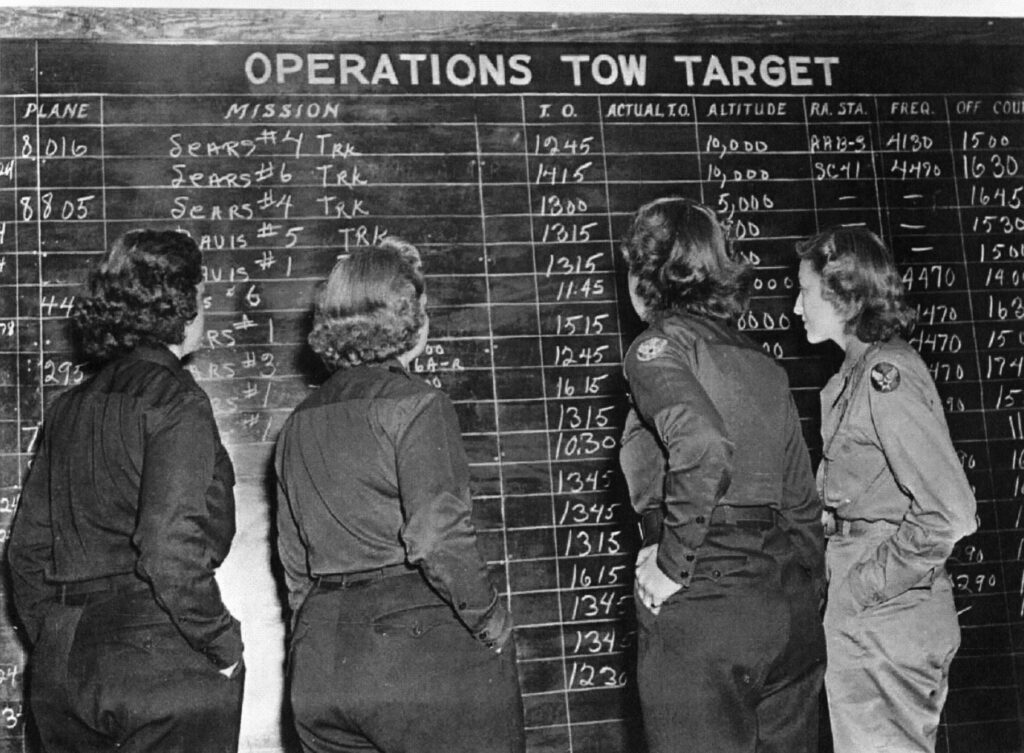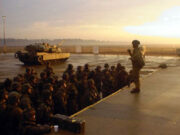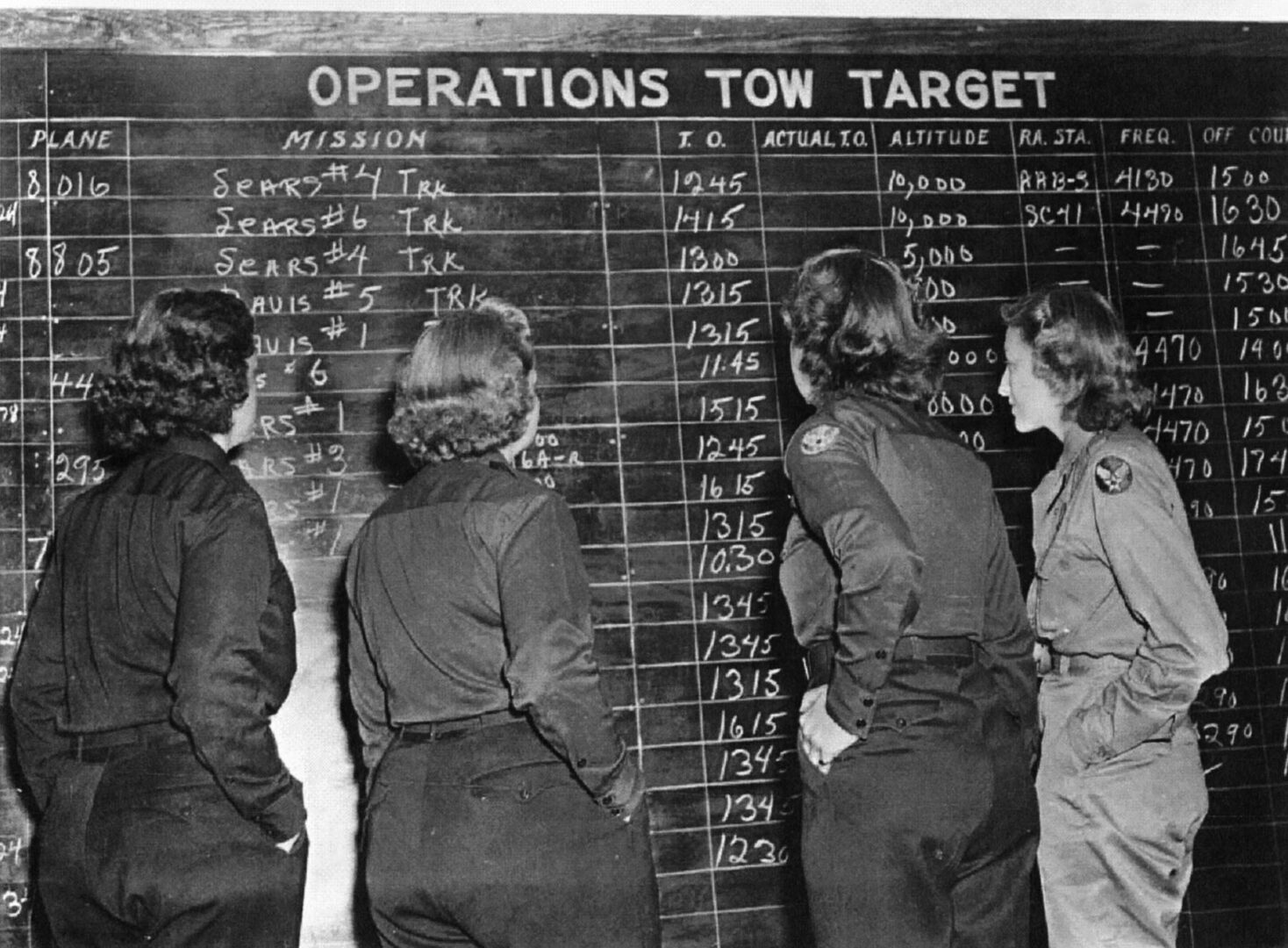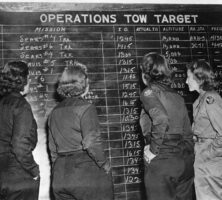Fort Stewart is located about forty miles west of Savannah. It was created in 1940 as an antiaircraft training facility. In 2004 the 280,000-acre facility, the largest in area in the eastern United States, is the base for the Third Infantry Division (Mechanized) and the First Battalion, Seventy-fifth Ranger Regiment, Rapid Deployment Force. Hunter Army Airfield, located at Savannah, is also part of the fort.
The effort to locate the antiaircraft training facility to the Savannah area was led by U.S. congressman Hugh Peterson Sr. of Ailey. In the spring of 1940 he introduced a bill that led to the creation of the facility. The new installation was named Camp Stewart, after General Daniel Stewart, a Revolutionary War (1775-83) hero from Liberty County.
The government acquired the first tract of land in July 1940. A location one mile from the small town of Hinesville was selected as the main entrance to the facility. The land was level and the climate favorable for year-round training. The V-shaped layout of the camp assured maximum safety for firing practice—200,000 acres were needed for the primary firing ranges. The government began acquiring land in the Richmond Hill area, east of Hinesville, and moved westward, buying up large tracts of land. When all of the land was secured, the installation encompassed almost half of Liberty County and parts of four other counties: Bryan, Evans, Long, and Tattnall. Three small villages—Clyde, Taylors Creek, and Willie—were soon abandoned. The Department of Agriculture estimated that more than 1,500 families were displaced by the camp.
In September 1940 six carpenters began construction of the buildings. The military used workers from a Civilian Conservation Corps (CCC) camp located at the entrance to Camp Stewart and CCC camps at Jesup and Baxley to help clear land and build fire towers and roads. Within months about 2,000 civilian construction workers had built hundreds of frame buildings and thousands of tent frames, using about 17 million board feet of lumber. Included in the construction were a laundry facility that took up an entire acre, a 992-bed hospital, two fire stations, a guest house, a service center, a 2,000-seat theater, mess halls, chapels, exchanges, a commander’s office, and many other buildings.
The first troops to arrive at Camp Stewart in October 1940 were the Liberty County National Guard and detachments of the Seventieth Coastal Artillery from Fort Screven and the 214th Coast Artillery and 101st Coast Artillery from Hinesville. Brigades from outside the state—the 207th Coast Artillery from New York City, the 209th Coast Artillery from Buffalo, New York, and the 212th Coast Artillery of New York—began to arrive in February 1941.
During World War II (1941-45) Camp Stewart was also used as a training site for other personnel and as a prisoner of war camp. In 1943 a section of the reservation was used to hold German and Italian prisoners of war (POWs) captured in the North African campaign. The military used POWs for construction projects on the base, and local farmers used them for clearing land and harvesting crops. Women’s Airforce Service Pilots (WASPs) arrived at the base to fly planes towing antiaircraft targets out of nearby Liberty Airfield. In addition to antiaircraft training, the base offered postal training and a school for cooks and bakers.
Antiaircraft training started in early December 1940 on the “miniature” range. By July 1941 the military was prepared to begin live-round antiaircraft weapons training and warned former residents that the pigs, cows, and mules that still roamed the piney woods were in danger of being killed.

Image from National Museum of the U.S. Air Force
The Camp Stewart commander was aware of the lack of respectable recreational facilities and events for the tens of thousands of troops stuck in the countryside. The camp had a service club where soldiers could relax in their off-duty moments. Troops put on musical productions and comedies, regimental dances were held in the service club, and the cafeteria was purported to be “a good place to get delicious food at economical prices.” Each regiment had a recreational hall and canteen where soldiers could have a beer, buy magazines, get a haircut, or play games.
Many soldiers took advantage of the bus service to Savannah for weekend leaves. Savannah civic groups and the city council collected donations and opened a social center for the 12,000-15,000 soldiers who descended on the city every weekend. Although Black troops (who numbered perhaps 20,000 out of 55,000 military personnel on the base at the height of the war) were often the majority of weekend visitors, they were not allowed access to the center.
As soon as the troops began to arrive in large numbers, local entrepreneurs and outsiders set up shop in hastily built shacks just outside the camp. The new “business” section at the front gate was referred to as Boomtown, and the side-gate district was known as Zoomtown. Overnight, drinking clubs like the Bursting Bomb and the Twenty-one Club opened for business.
When the war ended, the juke joints were quickly boarded up, and for the next five years Hinesville residents considered their small village practically a ghost town. Camp Stewart was used as a deactivation center until late 1945; by mid-1946 only sixty military and civilian employees were working at the camp. From 1946 to 1950 the Georgia National Guard used Camp Stewart for summer training exercises.
With the start of the Korean War in the summer of 1950, the camp was reactivated. After the end of hostilities in Korea in 1953, Camp Stewart remained active as a tank training facility and received the permanent status of fort in 1956. Although there was some discussion about closing the facility in the 1960s, the Cuban missile crisis of 1962 and the Vietnam War (1964-75) ensured its continued operation. In the 1980s the facility became the home for the military’s Twenty-fourth Infantry Division, Mechanized Rapid Deployment Force, and in 1990 the division was deployed to Saudi Arabia as part of the Persian Gulf War (1990-91) forces.
The former World War II antiaircraft artillery training facility is used in the twenty-first century for tank, field artillery, helicopter gunnery, and small arms training. Almost 16,000 military personnel are currently stationed at the fort, and more than 3,000 civilians are employed by the military.
Hunter Army Airfield
Hunter Army Airfield serves the army in conjunction with Wright Army Airfield. The facility is about six miles from Fort Stewart and is part of the Fort Stewart complex. The army shares the 5,400-acre site with a unit of the U.S. Coast Guard that performs search-and-rescue missions over waters of the southeastern United States.
Hunter Airfield was named for Major General Frank O’ Driscoll Hunter, one of America’s World War I aces. The city of Savannah built the facility as a municipal airport in 1940 and turned it over to the army in 1941 as America entered World War II. The army returned the airfield to the city in 1946. The U.S. Air Force took possession in 1949 and turned the base back over to the army in 1967. It is now the site of the Army Flight Training Center. Before and during the Persian Gulf War (1990-91) Hunter Airfield was instrumental in providing aircraft and crew for troop transport overseas.






